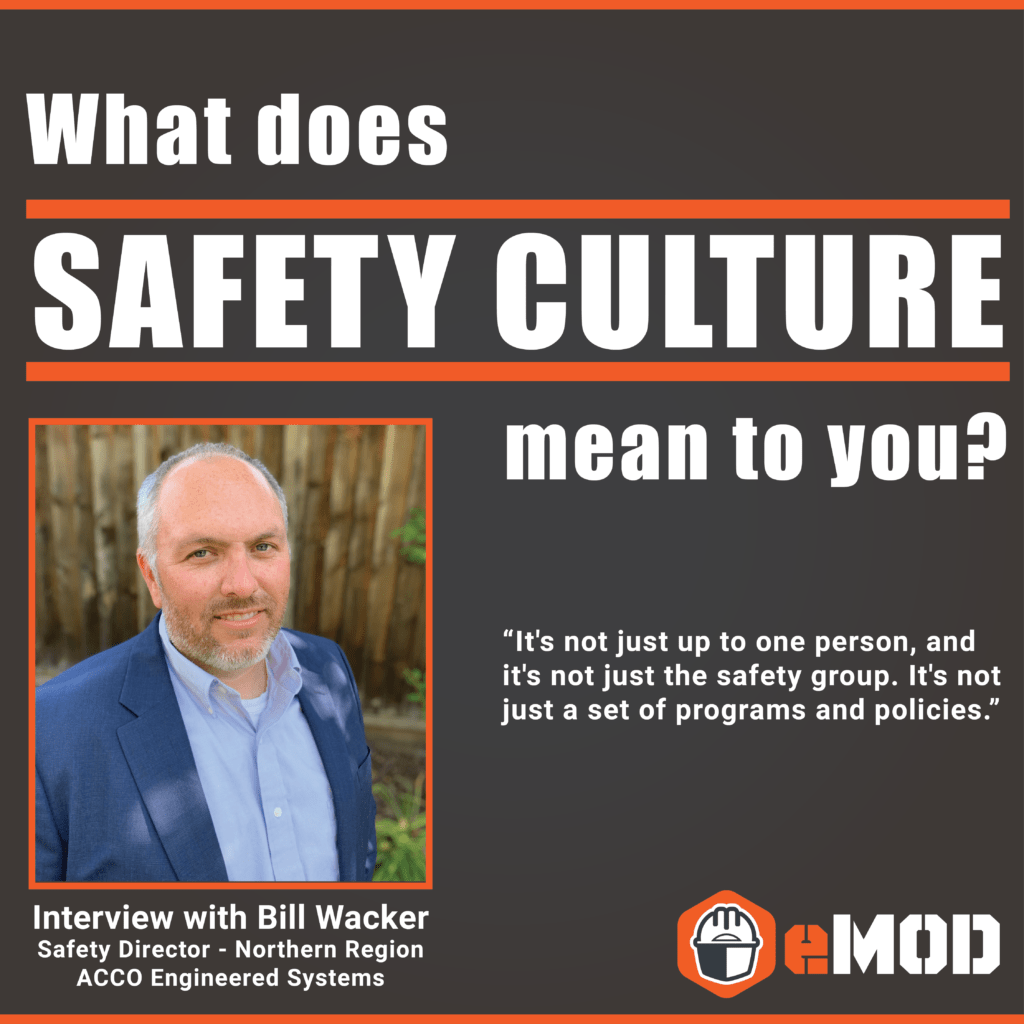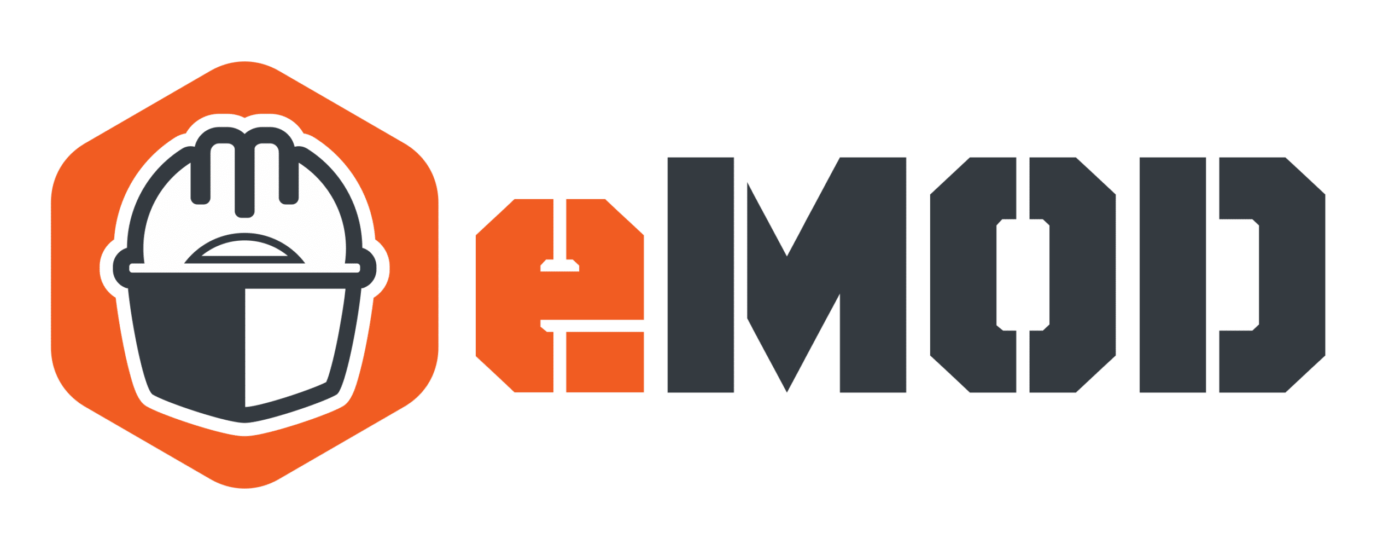
I caught up with ACCO’s Bill Wacker to talk about where safety culture comes from, and how he thinks our industry is doing with safety.
By Kaitlin Frank
Naturally, our days here at eMOD are spent doing everything we can to make our app as useful as possible — and do our part to improve the overall safety of our construction industry.
We also think a lot about our culture. Specifically, safety culture. The very idea for eMOD was hatched within Dome Construction, a company and culture that was well-known for putting the safety of its people first.
We ponder, how do you create a great safety-first culture in one of the most dangerous professions? Sometimes, it happens organically — construction companies develop a great reputation for safety over time, and that reputation drives people to meet those high expectations. It often requires strong leadership — and more than just executives paying “lip service” to the importance of safety. Leaders help promote a strong safety culture by investing in safety programs — and personally adhering to the same best practices they preach.
One company that prides itself on safety culture is ACCO Engineered Services. As a superintendent for Dome Construction, I’ve never had to worry when we partnered with ACCO on projects. I knew their people would be well-trained in the risks and hazards related to their scope of work. And I knew they were not going to cut corners.
So, I thought it would be great to talk with Bill Wacker, ACCO’s northern region safety director, about where he thinks great safety culture comes from. A father of three and 18-year construction veteran, Bill shared insights on ACCO’s programs and culture, how COVID has affected his team, and why he thinks a great safety culture starts with leadership.
What does safety mean to you?
To me personally, it’s about the end of the day. It’s that each person who comes into our job sites and does work for us goes home in the same condition in which they started the day. To me, safety is much more than a policy.
How has safety changed over the years?
Safety in the construction industry used to be more of a have-to-do, and now it’s a want-to-do. It went from a culture of, “Hey, we have to do this because OSHA says we have to do this” to, “Hey, we have to do this because this is how we keep you safe.” And from a worker’s point of view, employees used to be afraid of seeing a safety person because they thought they might get in trouble. Now, they’re willing to communicate and talk with us because they see us as partners. We’re not safety officers who are going to give them a hard time — we’re people who can help everyone get the tools and training they need to be safe.
How did that change happen? Was it more an evolution or a revolution?
I would say it was an evolution. If you look at it back when OSHA got started in the ’70s and the ’80s, safety was very policy-driven. And there was a shift in the ’90s to get away from safety being about policy to it being more about a culture of safety. I think that comes from the top down. Once executives started to see the benefits of investing in safety — what that brings for not just the individual, but for production and for the bottom line — that’s when the culture really shifted.
And in the early 2000s, it went even further. Companies started diving into the behavioral science behind safety, and the psychology of it. Now, there’s a better understanding of safety across the board.
From a worker’s point of view, what does that shift look like?
You can tell somebody not to touch the sharp end of that piece of metal, but they still want to touch it, right? But if you explain why you shouldn’t be touching the edge of that metal and the repercussions of it — that’s what’s changed. It’s not a, “Hey, I’m going to slap your hand because you did something wrong.” It’s much more of a “This is why we do what we do.”
Also, anyone now has the power to stop work at any point so that when you see hazards and risks that come up, they can be changed or eliminated. That power is not just for a safety person. Every person on that project is now a safety person. So, anyone can raise their hand at any time, stop work, and ask questions to make sure that they are safe before they move forward.
ACCO is known for its safety culture program. What are the key tenets of it?
It starts with those things that are required by law, like our IIPP (Injury and Illness Prevention Program). But really what it comes down to is our top-down approach. I really enjoy working for this company because of the executives. Their approach to safety has always been to do whatever it takes to help make sure our workforce is safe.
It’s not just up to one person, and it’s not just the safety group. It’s not just a set of programs and policies. It’s all those bits and pieces. And it’s the support from upper management that really drives our safety culture.
Was there an aha! moment that fueled the program? What were the origins?
I don’t think there was an “aha!” moment. ACCO has seen a lot of different shifts in our safety program. When we really started to grow, it became an acknowledgment of, “Hey, we’re not a smaller company anymore and we need more than just a safety individual. We need a safety team. And we need a better approach to safety.”
How does a company build a great safety culture like ACCO?
In the beginning, it has to start with the executives. It’s getting upper management on the same page, setting goals for what that program is going to look like and what you’re trying to achieve. And having executives be the support and the backbone of your safety program really helps drive culture.
What are some of the things that executives should be doing to reinforce a culture of safety?
They should obviously make sure that there’s funding for safety programs. But more than that, they need to lead by example. They should be communicating to the groups the importance of safety. When someone in upper management says, “Hey, let’s do this program,” or, “Let’s put safety glasses on,” that goes a lot further than if only a safety professional says it.
Sometimes, the field just wants to get work done. But how do you get buy-in from the field on safety?
You get the buy-in when the executives are saying, “Hey, this is what we’re going to do.” And they not only do it themselves, they help provide everyone with the right tools to do it. If you tell somebody to put their safety glasses on, but all they have is a pair of safety glasses that fog up and they’re not comfortable, they won’t wear them. But when you provide better equipment — you pay the extra money — like safety glasses that don’t fog up, that’s when you get buy-in.
One thing I really love about ACCO is the willingness to be innovative with safety. The willingness to say, “Yeah, it may cost us some money upfront here, but if it’s a benefit to the health and safety of our people, if it’s going to make us better, let’s take a look at that. Let’s experience that.”
So, if you’re a foreman, and you have an apprentice who doesn’t buy into safety, how do you convince them?
It starts with understanding that person and understanding where they’re coming from. Before I got into safety, I was a carpenter. I came up through a long line of carpenters and there was a safety guy that came around saying, “Put your safety glasses on.” And so you put your safety glasses on, and then they walk away and you take your safety glass off — because you couldn’t see because they were fogging up.
So, I’ve taken the approach that when you go to somebody and you see they’re not wearing safety glasses, you ask them, “Why aren’t you wearing your glasses?” And get behind the why, because you may find a good answer. You may learn that he wasn’t wearing safety glasses because they’re simply uncomfortable or fogging up. So, you help him get a better pair of glasses that he’ll wear.
So, if you’re a foreman, don’t look at yourself like, “Hey, I’m their boss.” Think about how you can help the individual succeed. Understand them, and understand what makes them tick. Is it the family at home? Is it a vacation in Hawaii? What is that thing that gets them out of bed every morning and brings them to the job site? Help them understand that you’re working together to try to get a job done. And at the end of the day, you both want to go home safely.
There’s a perception that old-school safety was about punishing bad behavior. And new-school safety is about promoting positive behavior. Do you agree with that?
Yes, I highly agree with that. We’re getting away from the safety cop model. When we make observations about safety in the field, we try and define more good things than bad things — and we point these positive traits out to individuals. Because similar to parenting, if you’re coming down on your child all the time because they’re doing things wrong, you’re not building them up. You can get much further by pointing out all the good things that they’re doing, so that when there is something wrong, they’re going to listen to you on that, too.
When it comes to safety, what does the construction industry do right today?
From a high level, one thing we do well now is promoting safety. We promote safety culture throughout an organization. It’s not just a safety person. It’s not just a superintendent. It’s everyone. We promote the idea that if anyone, in any role, sees something unsafe, you can put your hand up. You can stop work. I think construction gets that right.
What would you say that the industry gets wrong still?
Some people and some organizations are still so compliance-based. They are by the book. But at the end of the day, it’s about how we make it safer. Let’s do the right thing — not just the thing we have to do.
Has using the eMOD app helped your overall safety culture?
From a safety factor, it’s great to have the ability to go on eMOD to see some of the wellness checks. And being able to see the PTPs (pre-task plans) and have the insight about the job site — without having to go and pull the piece of paper to look at — is really where I’ve seen eMod work well for us.
How has the pandemic affected your job?
One thing COVID’s taught me is that we have to be prepared for the unthinkable. And how do we put our heads together to come up with solutions and have stuff ready to go in the event something unexpected comes up? It’s opened my eyes to the idea of preparation. And again, ACCO has done some pretty cool stuff. One of the things that we did early on was using a software program to track when people are sick (with COVID) and track when they return to work. And then we communicated that to our general contractor partners, and to the counties as required, etc.
Where would you like to see safety going in the next 5 years?
You start by looking at how COVID changed us. In the past, guys came in with the flu or a cold because they had to work. Now, we don’t come into work if we’re not feeling well.
I think also there will be a broader understanding of safety. How many people even know what the acronym PPE (personal protective equipment) stood for before the pandemic? And how many people now know what PPE is? Everybody. Face coverings are something that everybody’s required to wear. And how many people fought against those initially? Now it’s just something that we do. Is it wonderful? No. But it’s just like any other safety PPE device. Once you utilize it, you get used to it, and it just becomes part of your life. So, I think we’ll see more acceptance of the PPE in the next 5 years.
Did your safety culture program prove to be valuable during the pandemic?
Yes, for sure. And again, that top-down approach really helped. The president of our company was sending out letters to the ACCO community, letting them know, “Hey, this is what’s going on. This is where we’re at.” It’s so important — that level of communication, that level of support, that level of, “We know what you’re going through, and this is the commitment we have to make sure we’re keeping you safe.” The culture that was there to begin with has carried all the way through COVID, and it’s still there.
eMOD
Founded in 2017, eMOD is a team of experienced commercial construction superintendents, project managers, and safety officers from San Francisco-based Dome Construction. Safety is more than our passion; we’ve built a company and a product dedicated to making our industry safer. The eMOD Safety App is designed for the next generation of construction owners, insurance companies, general contractors, and trade partners. We not only built the app, we use it every day. Contact us to set up a demo today.
Kaitlin Frank is co-founder of eMOD and a superintendent at Dome Construction.

